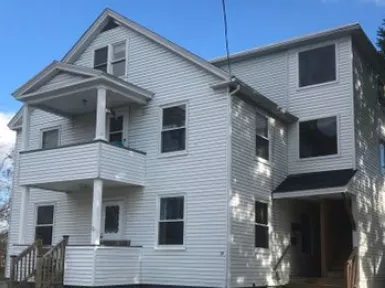About Our Office
Are you in search of commercial lending solutions in the New England area? Look no further than Northmarq’s Boston, Massachusetts office. Our experienced debt and equity professionals provide an efficient and seamless financing experience, arranging commercial real estate loans for any property type. With our extensive network of lending partners, we ensure access to diverse funding sources. From individuals and developers to institutional owners and more, our team caters to a wide range of investors’ needs. Contact us today to explore our specialty services and traditional financing options. Our local office is just a call away!
The latest
Activity for this office
Transactions
Boston MA





